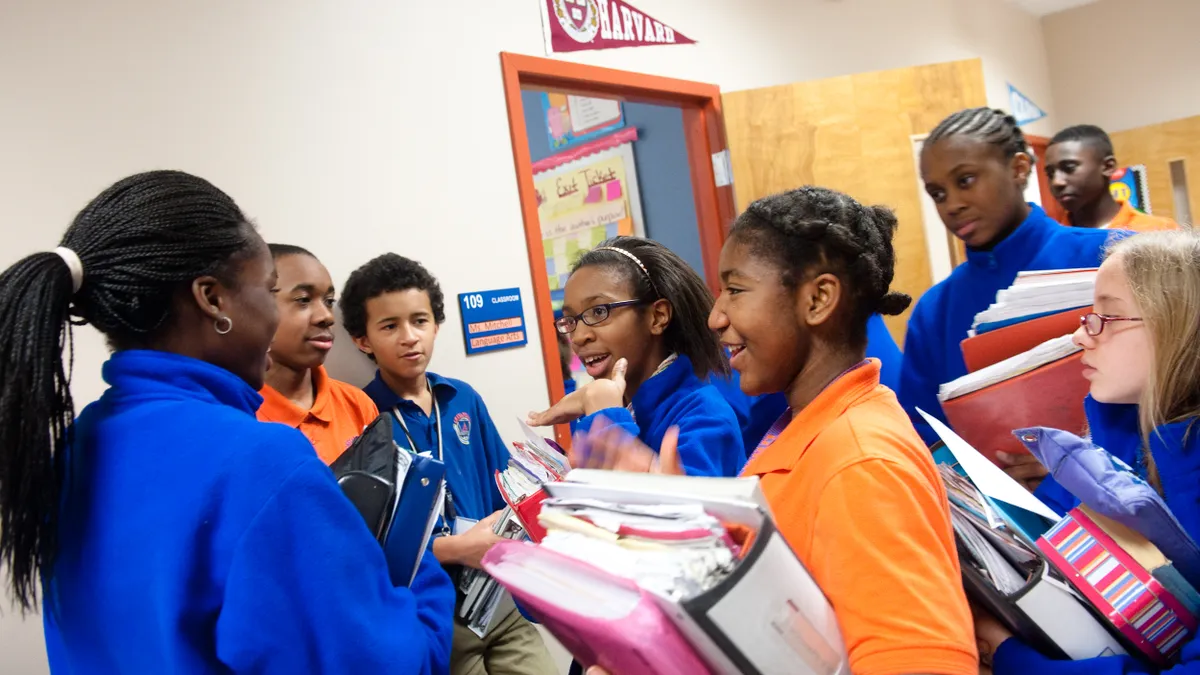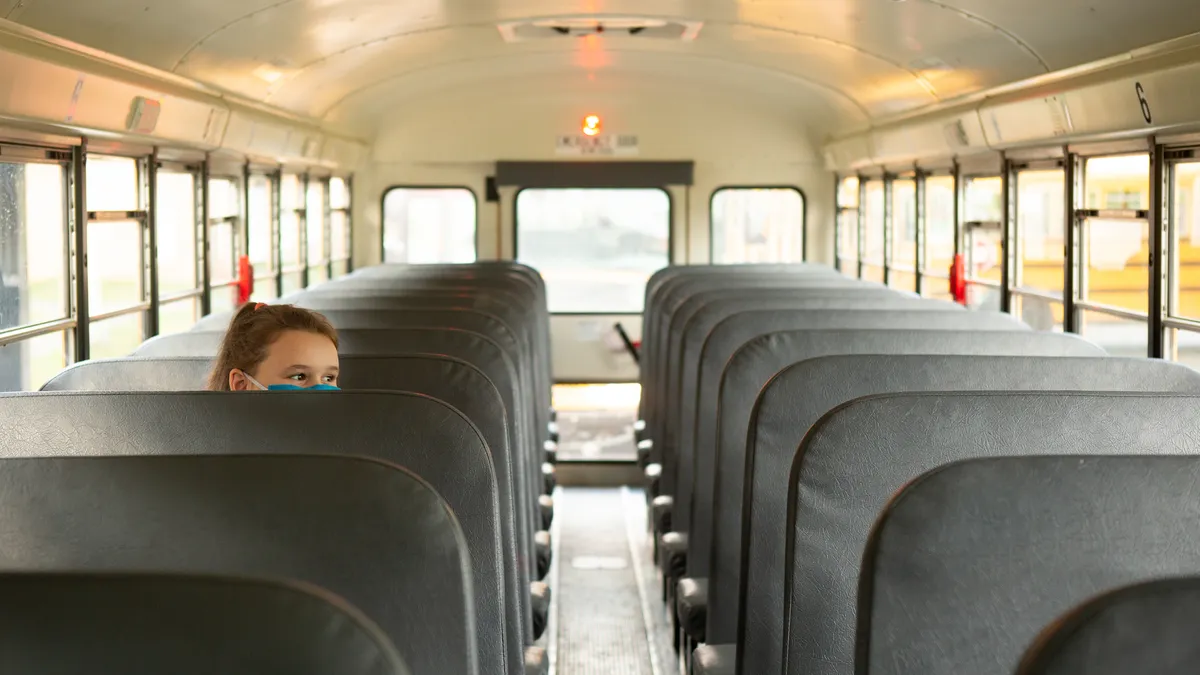Dive Brief:
-
Strategies for how to improve relationships between school resource officers and girls of color are part of a new report released by Georgetown Law’s Center on Poverty and Inequality and the National Black Women’s Justice Institute.
-
Based on focus groups with resource officers and girls, Be Her Resource: A Toolkit about School Resource Officers and Girls of Color, recommends that school officials clearly communicate officers’ roles and responsibilities. For example, officers say they are frequently called upon to handle discipline issues while they feel that their priority is to ensure safety and respond to criminal behavior.
-
Girls express that their sense of safety is built on positive relationships with school resource officers, but feel that sometimes the officers urge them to act more “ladylike.” African-American girls think their race negatively affects how the officers respond to them on campus.
Dive Insight:
According to 2013-14 data compiled by the National Women’s Law Center, black girls are twice as likely as white girls to be suspended, and in some states — Illinois, Minnesota, Wisconsin and the District of Columbia — they are at least eight times more likely to be suspended.
The report recommends specialized training for school resource officers and educators on race and gender issues as well as on students’ mental health. The authors also recommend written protocols and decision-making tools, developed with the input of counselors and health professionals that regularly work with girls of color, for responding to incidents.
Routine data collection and analysis should also be conducted to look for patterns in behavior and the demographics of students involved, the report says. Finally, the report recommends “non-punitive” responses, such as restorative practices. With more states restricting schools’ use of out-of-school suspension, especially in the early grades, schools have increased efforts to handle discipline in the classroom.







 Dive Awards
Dive Awards





